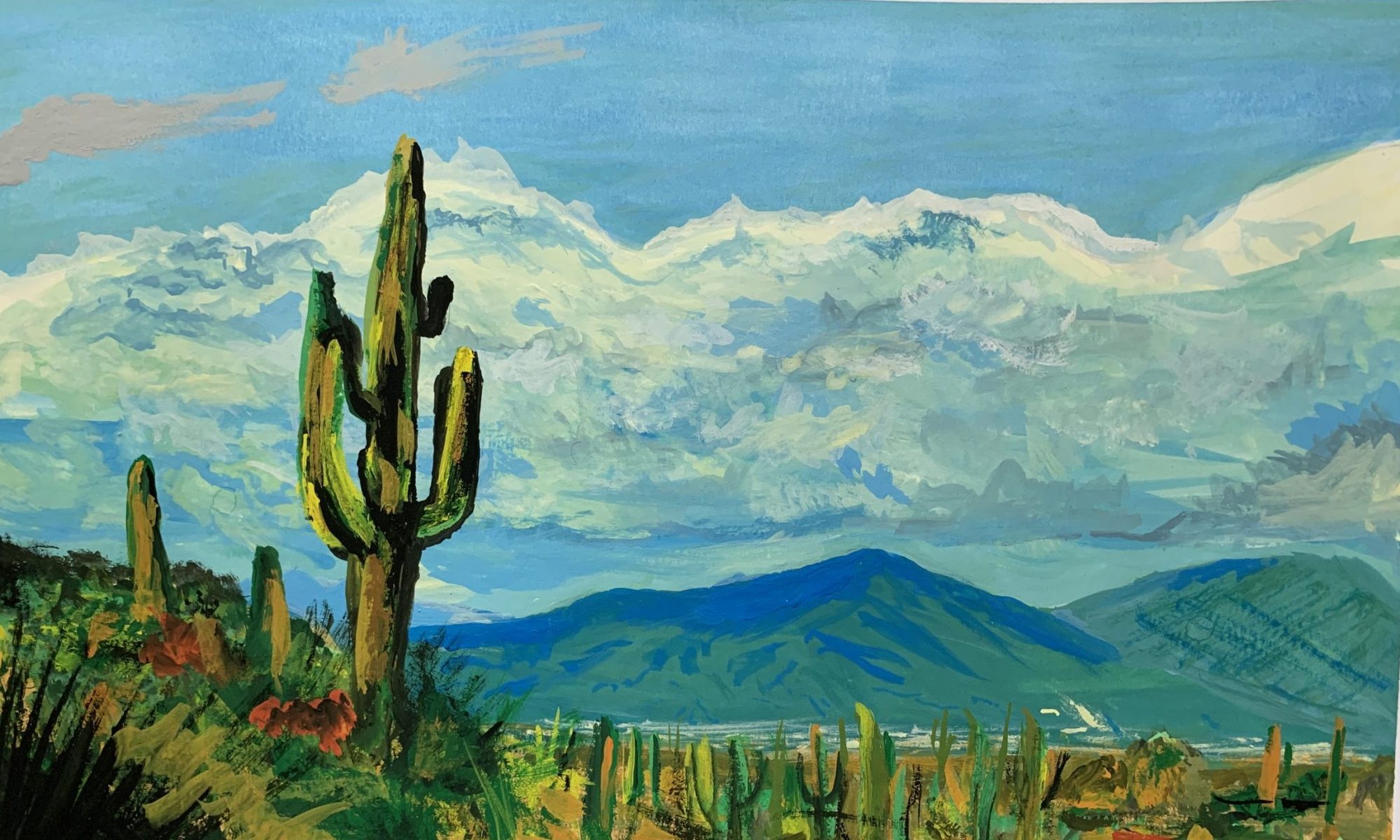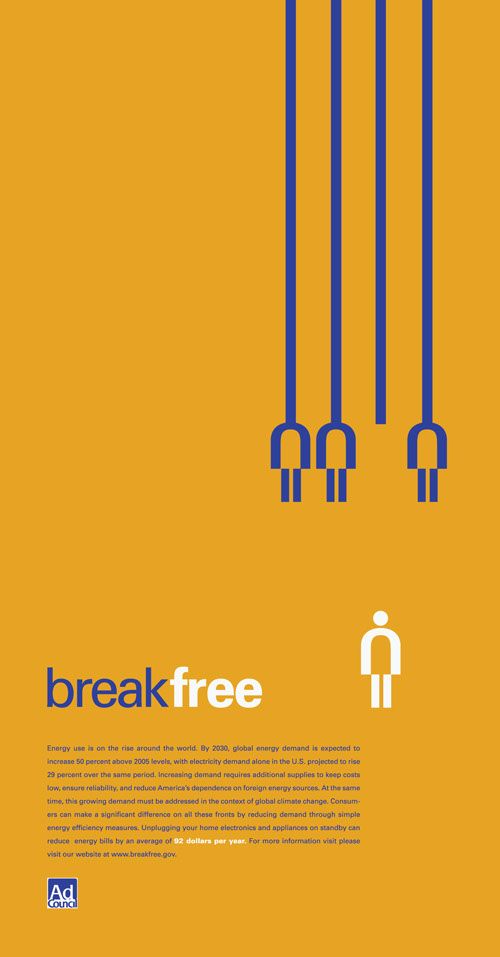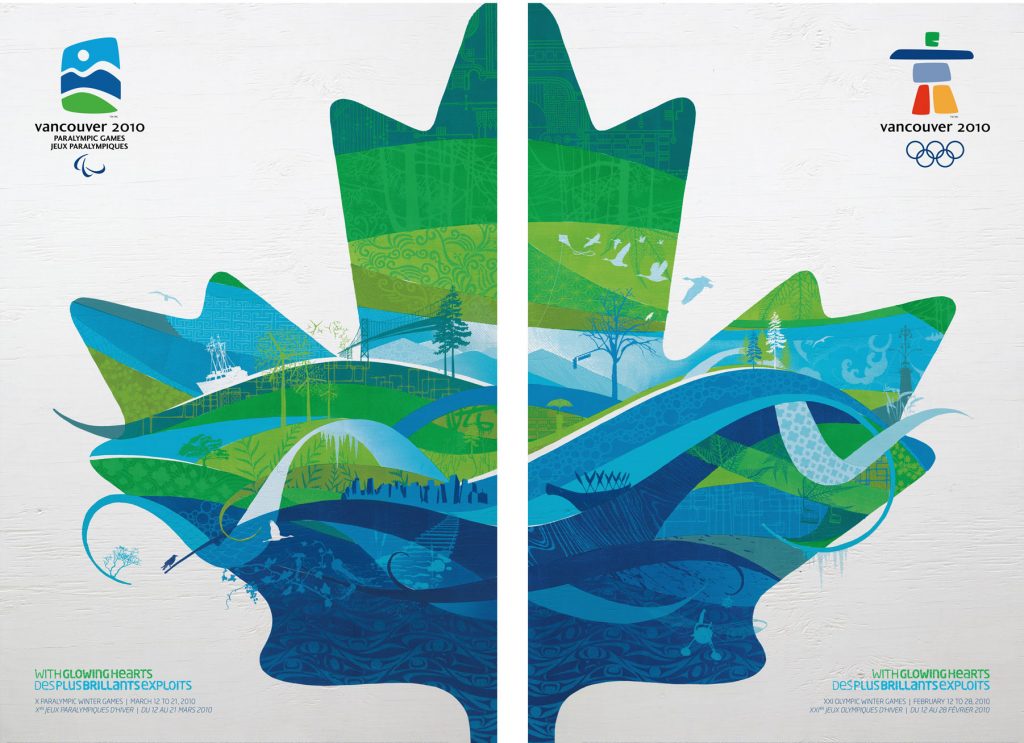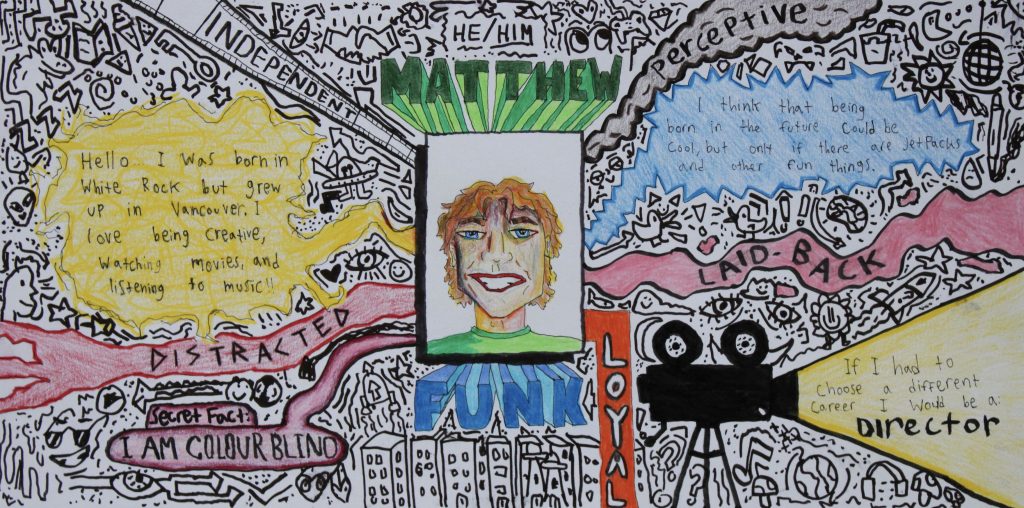
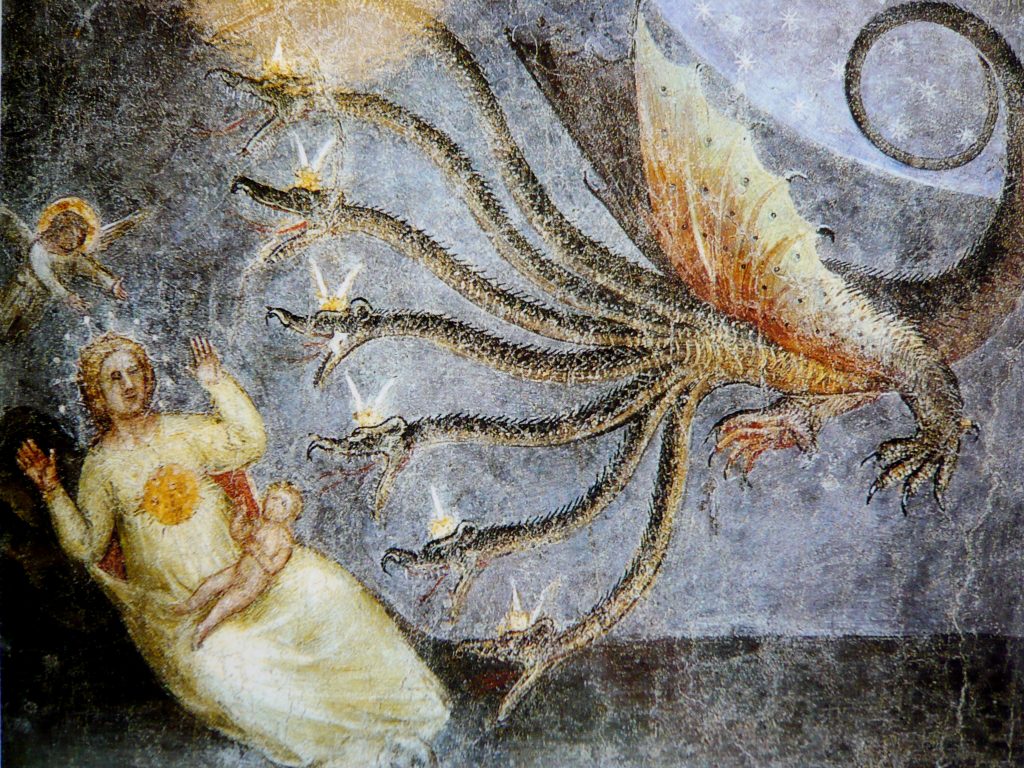
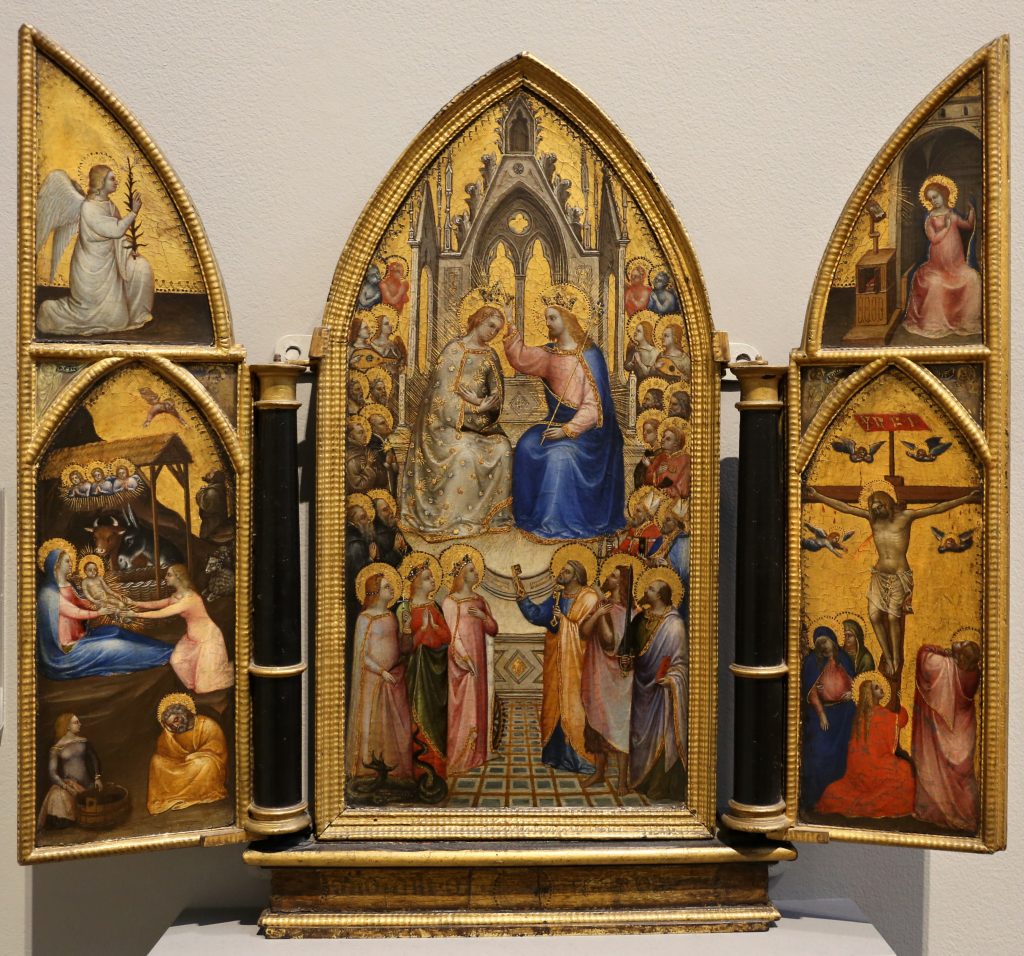
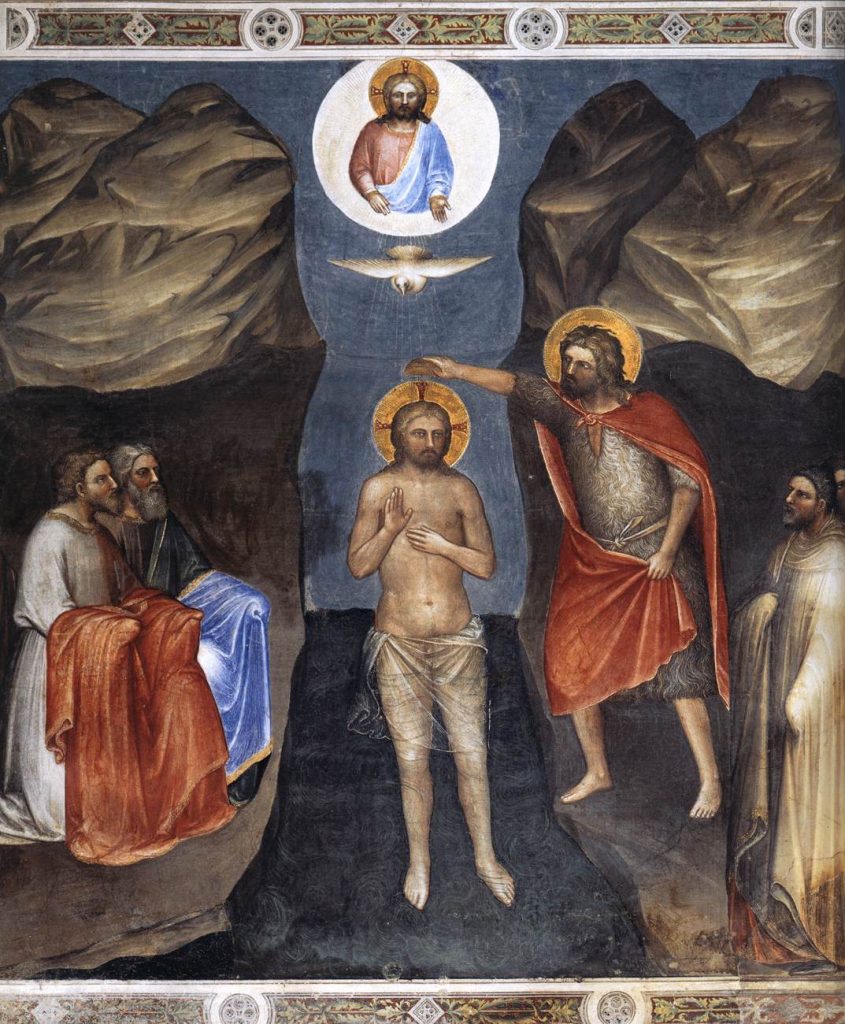
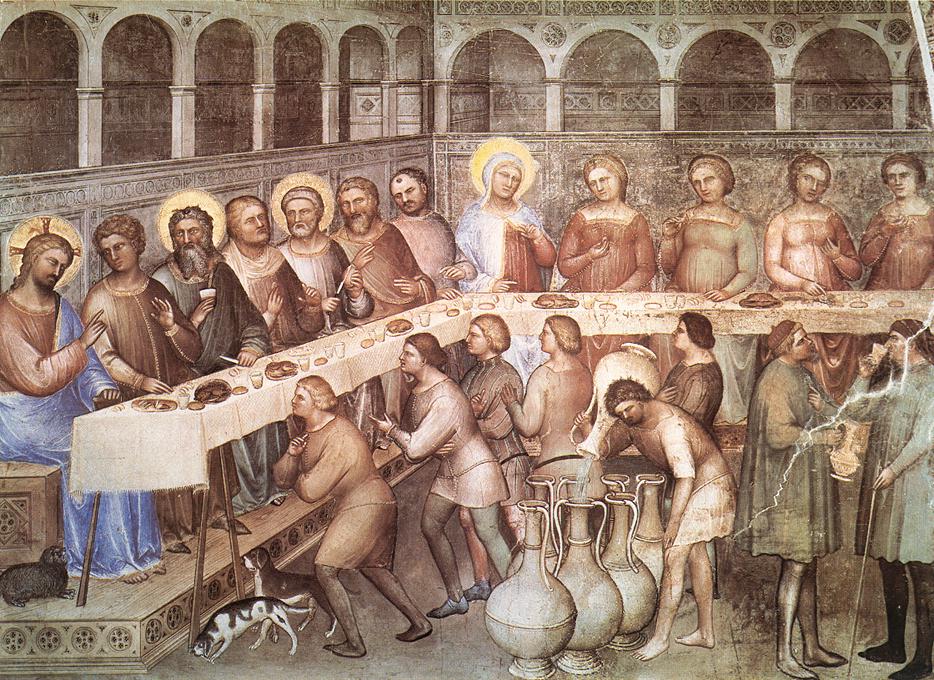
Giusto de’ Menabuoi was born in Florence, Italy in 1320 and died in Padua, Italy in 1391. He was a painter at the beginning of the renaissance period, known for his frescos and in particular, his work in the Baptistery of the Padua Duomo. While it is not confirmed, Giusto was thought to be an apprentice to the great master, Giotto. Around 1370 he moved to Padua, his work there earned him the alternative title Giusto Padovano. Giusto’s artistic style was very much his own and did not paint quite like the other artists living in the same period. Giusto was known for his vibrant use of colours, the painting “Paradise” seen in image one shows this use of colour, as well as his use of arrangement, creating an image that centres around Christ in a symmetrical fashion.
Work Cited.
F. Flores d’Arcais. “Encyclopedia of Medieval Art.” GIUSTO de ‘Menabuoi, Institute of the Italian Encyclopedia, 1996, https://www.treccani.it/enciclopedia/giusto-de-menabuoi_(Enciclopedia-dell’-Arte-Medievale)
“Giusto de’ Menabuoi.” Wikipedia, Wikimedia Foundation, 26 December 2020, https://en.wikipedia.org/wiki/Giusto_de%27_Menabuoi
The National Gallery, London. “Giusto De’ Menabuoi.” The National Gallery, https://www.nationalgallery.org.uk/artists/giusto-de-menabuoi.
